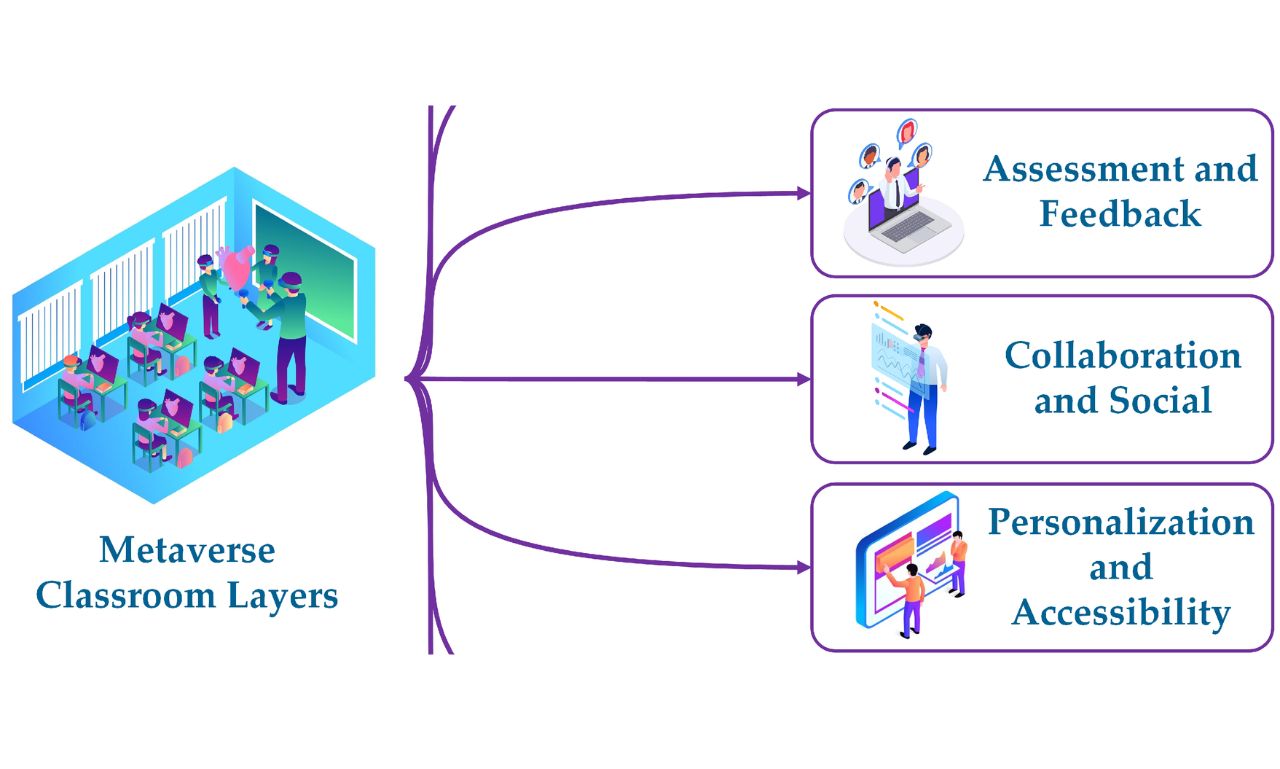In today’s fast-changing world, technology and education often go hand in hand. Every course, standard, or framework has a role in shaping the future workforce and ensuring industrial consistency. One of the names that frequently appears in this context is tek-102.
Though the term may vary in meaning depending on context—sometimes used for introductory engineering courses, other times for technical codes or product identifiers—tek-102 generally represents a foundation-level technical concept. It bridges basic knowledge with practical application, making it a cornerstone in many academic and professional domains.
This article explores the origins, significance, applications, benefits, and challenges of tek-102, while also examining how it fits into the future of technology and industry.
Origins and Meaning of Tek-102
The label tek-102 is not random. In academic and technical nomenclature:
-
“Tek” often stands for technical or technology.
-
“102” indicates a second-level foundation course or module, building upon 101 (the most basic introduction).
Historically, numbering courses or standards this way helps learners and professionals progress step by step:
-
101 – absolute beginner or introduction.
-
102 – deeper foundations with practical applications.
-
201/301+ – advanced or specialized areas.
Thus, tek-102 signifies growth beyond the basics, making it essential for both education and applied industries.
Tek-102 in Education
One of the most common contexts for tek-102 is education, particularly in engineering and technical sciences. It usually acts as a bridge course between basic introduction (tek-101) and advanced modules.
Typical Course Structure in Tek-102
-
Programming Foundations – Focus on coding languages such as C, Python, or Java, including error handling and debugging.
-
Applied Mathematics – Algebra, calculus, and probability applied to engineering problems.
-
Electronics and Circuits – Introduction to components like diodes, transistors, capacitors, and resistors.
-
Digital Logic Systems – Binary coding, logic gates, and circuit design.
-
Mechanical Systems – Basic statics, dynamics, and material strength.
-
Practical Labs – Small hands-on projects (robotic arms, simple circuits, or coding simulations).
Why Tek-102 Matters for Students
-
Skill Foundation: Students transition from theory to practice, learning how to apply classroom concepts.
-
Problem-Solving: Encourages analytical and creative thinking.
-
Career Preparation: Forms the foundation for advanced courses like tek-201 or tek-301.
-
Confidence Building: Students gain the skills to design, test, and troubleshoot small projects independently.
Tek-102 in Industry
Outside the classroom, tek102 often functions as a technical code, identifier, or regulatory standard. Many companies use such codes internally to name models, frameworks, or compliance guidelines.
Industrial Applications of Tek-102
-
Product Identification: Tek102 might represent a particular circuit, machine component, or industrial tool.
-
Safety Standards: Used as a code of compliance for ensuring safety and efficiency in production.
-
Process Frameworks: Applied as step-by-step guidelines in engineering or manufacturing environments.
-
Software Modules: Sometimes tek102 identifies sub-systems in IT architecture or automation software.
Real-World Case Example
A manufacturing company may label its electrical safety compliance framework as Tek102, ensuring all machines follow the same wiring, grounding, and testing rules. This helps standardize production and prevents accidents.
Applications Across Fields
Tek102 is widely adaptable, with applications in different domains:
1. Engineering
-
Training students on circuits and material science.
-
Ensuring standardization in mechanical parts.
-
Assisting in prototype design and stress testing.
2. Computer Science
-
Covers basic algorithms, programming, and software testing.
-
Introduces students to database handling and coding ethics.
-
Provides labs for debugging and building mini applications.
3. Industrial Systems
-
Helps companies set standard operating procedures (SOPs).
-
Identifies machine components (e.g., Tek102 gear module).
-
Defines quality assurance protocols.
4. Research and Development
-
Used as a testing model for prototypes.
-
Provides baseline frameworks for comparing new innovations.
Benefits of Tek-102
Tek102 provides both educational and professional advantages.
Educational Benefits
-
Builds technical literacy for students.
-
Encourages experimentation with labs.
-
Enhances readiness for advanced learning paths.
Industrial Benefits
-
Creates a common language across teams.
-
Improves safety and compliance.
-
Streamlines production and testing procedures.
Societal Benefits
-
Encourages the next generation of engineers.
-
Contributes to innovation and sustainable design.
-
Reduces risks through standardization.
Challenges in Tek-102
Like any system, tek102 faces challenges:
-
Complexity for Beginners: Students often struggle with abstract concepts in applied electronics or coding.
-
Resource Barriers: Not all institutions provide modern labs for hands-on practice.
-
Variation Across Fields: Tek102 in one country or industry may differ from another, reducing uniformity.
-
Technology Updates: Standards must evolve as new technologies emerge (AI, IoT, robotics).
Comparison: Tek-101 vs Tek-102
| Aspect | Tek-101 (Introductory) | Tek-102 (Foundation Applied) |
|---|---|---|
| Focus | Theoretical basics | Practical application + deeper concepts |
| Audience | Beginners | Intermediate learners/professionals |
| Skills Gained | Awareness | Hands-on, problem-solving skills |
| Outcome | General knowledge | Ready for advanced specialization |
Tek-102 and Skill Development
A major strength of tek102 lies in practical skill development. Participants gain:
-
Analytical skills – ability to dissect complex problems.
-
Technical expertise – handling machines, coding, or circuits.
-
Collaborative skills – working in labs, projects, or teams.
-
Innovative skills – using knowledge to create new solutions.
This ensures that tek102 is not just academic but also career-oriented.
The Future of Tek-102
As industries move toward automation and digitalization, tek102 will adapt to new realities.
-
AI and Machine Learning: Future versions of tek102 courses may include AI basics.
-
Green Technology: Tek102 may set standards for eco-friendly engineering.
-
Remote Learning: Universities will offer tek102 through virtual labs and simulations.
-
Cross-Disciplinary Growth: Tek102 will merge concepts from IT, robotics, and sustainability.
Practical Tips for Success in Tek-102
For students, professionals, or organizations working with tek102:
-
Balance theory with hands-on practice.
-
Leverage online learning resources.
-
Collaborate in teams to enhance problem-solving.
-
Stay updated with the latest industry standards.
-
Treat tek102 as a stepping stone toward specialization.
Conclusion
Tek102 is far more than just a technical name. It represents the transition from basic understanding to applied expertise in both education and industry. Whether used as a course code in engineering schools or as a compliance standard in industrial systems, tek102 remains a symbol of structured growth, skill-building, and innovation.
Its importance lies in:
-
Building strong educational foundations.
-
Supporting industries with consistent frameworks.
-
Encouraging practical skill development.
-
Preparing individuals and organizations for the future of technology.
As industries evolve toward automation, sustainability, and digital transformation, tek102 will continue to adapt, making it an indispensable part of technical progress.
In essence, tek102 is not just a code—it is a gateway to knowledge, innovation, and advancement.

